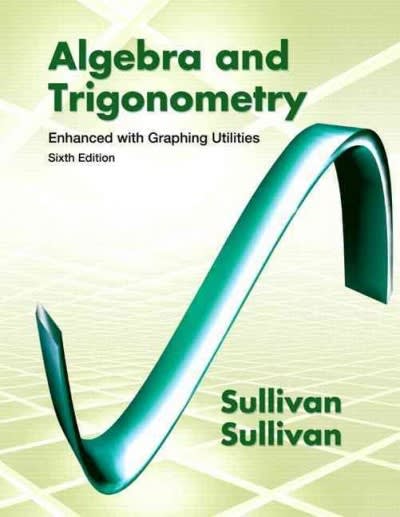please answer and make explanation.
Written Work. Choose the letter that corresponds to your answer. Write your answer on a separate sheet. Which of the following is TRUE? the alternative hypothesis represents the conclusion for which evidence is sought b. the statement of the null hypothesis never contains an equality c. an increase in the risk of type I error also increases the risk of a type II error the computed test statistic is also known as the critical value 2. What is the dividing point between the region where the null hypothesis is rejected and the region where it is not rejected? Critical region b. Critical value C. Acceptance region d. Significant region 3. Which of the following is a statement about a population developed for the purpose of testing? Hypothesis b. Hypothesis testing c. Level of significance d. Test-statistic What do you call any hypothesis which is tested for the purpose of rejection under the assumption that it is true? a. Null hypothesis Alternative hypothesis c. Statistical hypothesis d. Composite hypothesis 5. Which of the following is a statement about the value of a population parameter? a. Null hypothesis b. Alternative hypothesis c. Statistical hypothesis d. Composite hypothesis 6. Which of the following is a statement whose validity is tested based on a sample? a. Null hypothesis b. Alternative hypothesis c. Statistical hypothesis d. Composite hypothesis 7 Which of the following is the basis in choosing between one-tailed test and two-tailed test? Null hypothesis b. Alternative hypothesis c. Statistical hypothesis d. Composite hypothesis What type of test is described by the hypothesis: H.: u = 50 and H1: H > 50 a. Left-tailed test b. Right-tailed test c. Two-tailed test d. No-tailed test 9. Which of the following is a rule or formula that provides a basis for testing a null hypothesis? a. Test-statistic b. Population statistic c. Both of a. and b. d. None of the above 10. Which statistical error occurred if H. is true and we reject it? a. Type-1 error b. Type-II error . Standard error d. Sampling error . What probability is associated with committing type-I error? a. B c. 1- B d. 1-a . Which statistical error occurred if a failing student is passed by an examiner? a. Type-I error b. Type-II error c. Unbiased decision d. Fair decision 13. The probability of rejecting the null hypothesis when it is true. a. Level of confidence b. Power of the test C. Level of significance d. Acceptance 14. Which of the following describes the separating point between the region and the null hypothesis is rejected and the region where it is not rejected? a. Critical value b. Acceptance region c. Critical region d. Significant region 15. What type of test statistic is used if the critical region is located equally in both sides of the sampling distribution? a. Two tailed b. One tailed C. Right tailed d. Left tailed 16. The Critical region is also called a. Acceptance region b. Confidence region c. Rejection region d. Statistical region 17. The significance level is the risk of. a. Rejecting Ho when b. Rejecting H1 when c. Rejecting Ho when d. Accepting Ho when Ho is correct H1 is correct H1 is correct Ho is correct Pure 1 of 4 18. When is student's t-test is applicable? a. If n s 30 and o is b. If n=30 and of is C. If n > 30 and a is -: d. All of the above known known unknown 19. What is the degree of freedom of the t test-statistic? a. N b. n-1 C. n-2 d. 2n-3 20. Which test statistic is utilized to test the hypothesis about population mean when o is known? t-test Z-test xz-test d. F-test







